Please log in to purchase this product.
Minimally Invasive Ceramic Restorations: From Concept To Completion
Please log in to view the price.
14 Videos – Duration 9 hours – Files size 8 GB
Minimally Invasive Ceramic Restorations: From Concept To Completion
14 Videos – Duration 9 hours – Files size 8 GB
Dental technology has come a long way since the first porcelain veneers were introduced in the late 1800s. Today, with the advancements in material science and digital technology, we can create highly esthetic, durable, and minimally invasive ceramic restorations.
In this article, we will discuss the concept and advantages of minimally invasive ceramic restorations, the materials used in their fabrication, the digital workflow involved, and the steps involved in their completion.
What Are Minimally Invasive Ceramic Restorations?
Minimally invasive ceramic restorations are those that require the least amount of tooth preparation to achieve the desired result.
This is achieved by using high-strength ceramics that can be milled or pressed to a very thin thickness, as low as 0.2 mm, which can be bonded to the tooth structure with minimal removal of healthy tooth tissue.
The Advantages of Minimally Invasive Ceramic Restorations
Minimally invasive ceramic restorations offer several advantages over traditional restorations, including:
- Preservation of healthy tooth structure – as little tooth preparation as possible means less removal of healthy tooth tissue, which helps preserve the tooth’s natural strength and resilience.
- Esthetics – high-strength ceramics such as lithium disilicate and zirconia are highly esthetic and can be color-matched to the surrounding teeth, making them virtually indistinguishable from natural teeth.
- Durability – ceramics are highly durable and resistant to wear, staining, and chipping, making them an excellent long-term solution.
- Bonding – minimally invasive ceramic restorations can be bonded to the tooth structure, creating a strong, seamless bond that adds to the tooth’s strength.
Materials Used in Minimally Invasive Ceramic Restorations
Several materials can be used in the fabrication of minimally invasive ceramic restorations, including:
- Lithium Disilicate – This high-strength ceramic has excellent esthetics and can be used for veneers, inlays, onlays, and full crowns.
- Zirconia – Zirconia is an extremely durable ceramic that can be used for full crowns and bridges.
- Feldspathic porcelain – This highly esthetic material can be used for veneers and inlays.
- Hybrid ceramics – These are a combination of ceramics and polymers, which offer excellent esthetics and durability.
The Digital Workflow for Minimally Invasive Ceramic Restorations
Digital technology has revolutionized the way we fabricate minimally invasive ceramic restorations. The digital workflow involves several steps, including:
- Scanning – The tooth is scanned using an intraoral scanner, which captures a digital impression of the tooth.
- Design – The digital impression is used to design the restoration using CAD software, which allows for precise customization of the restoration’s shape and size.
- Milling or Printing – Once the design is complete, the restoration is milled or printed using a high-precision milling machine or 3D printer.
- Finishing and Polishing – The restoration is finished and polished to achieve a highly esthetic and natural-looking result.
The Steps Involved in Completing Minimally Invasive Ceramic Restorations
- Tooth Preparation – Minimal tooth preparation is required to create space for the restoration. This may involve removing any existing decay or filling material. The amount of tooth structure that needs to be removed is determined by the extent of the damage to the tooth and the type of restoration being placed.
- Impression – An intraoral impression is taken of the prepared tooth using a digital scanner. This creates a digital model of the tooth, which can be used to design and fabricate the restoration.
- Design – The digital impression is used to design the restoration using CAD (computer-aided design) software. The dentist can customize the shape and size of the restoration to fit the tooth perfectly.
- Fabrication – The design is then sent to a milling machine or 3D printer, which creates the restoration from a block of ceramic material. The restoration is milled or printed to a very thin thickness, as low as 0.2 mm, which can be bonded to the tooth structure with minimal removal of healthy tooth tissue.
- Bonding – The restoration is bonded to the tooth using a dental adhesive, which creates a strong bond between the tooth and the restoration. The adhesive is applied to the surface of the tooth and the restoration, and then the two are pressed together to create a seamless bond.
- Finishing and Polishing – Once the restoration is bonded in place, it is adjusted to achieve the desired fit and function. The restoration is then polished to achieve a highly esthetic and natural-looking result. This involves using a series of polishing tools to smooth and polish the surface of the restoration until it matches the shine and texture of the surrounding teeth.
- Follow-up – Regular follow-up visits with the dentist are necessary to ensure the restoration is functioning properly and to address any concerns that may arise. The dentist will check the fit and function of the restoration and make any necessary adjustments to ensure the restoration is comfortable and functional.
In conclusion, minimally invasive ceramic restorations involve minimal tooth preparation and offer several advantages over traditional restorations. By following the steps involved in their completion, dentists can provide their patients with highly esthetic, durable, and minimally invasive restorations that provide a long-term solution for their dental needs.
The completion of minimally invasive ceramic restorations involves several steps, including:
- Tooth Preparation – Minimal tooth preparation is required to create space for the restoration, which may involve removing any existing decay or filling material.
- Impression – An intraoral impression is taken of the prepared tooth using a digital scanner.
- Fabrication – The digital impression is used to design and fabricate the restoration using CAD/CAM technology.
- Bonding – The restoration is bonded to the tooth using a dental adhesive, which creates a strong bond between the tooth and the restoration.
- Finishing and Polishing – Once the restoration is bonded in place, it is adjusted to achieve the desired fit and function. The restoration is then polished to achieve a highly esthetic and natural-looking result.
- Follow-up – Regular follow-up visits with the dentist are necessary to ensure the restoration is functioning properly and to address any concerns that may arise.
Conclusion
Minimally invasive ceramic restorations offer several advantages over traditional restorations, including preservation of healthy tooth structure, excellent esthetics, durability, and seamless bonding. With the advancements in material science and digital technology, we can now create highly esthetic, durable, and minimally invasive ceramic restorations that provide a long-term solution for our patients. By following the digital workflow and completing the necessary steps involved in their fabrication, we can provide our patients with beautiful, healthy smiles that last a lifetime.
DOWNLOAD CONTEN TOPICS https://drive.google.com/file/d/16mrB8v-wMnoAqiWS5SWsmT5uOvJ4j2FT/view
Only logged in customers who have purchased this product may leave a review.
Related Products
Dental Video
Dental Video
Dental Video
Dental Video
Dental Video
Dental Video
Dental Video
Dental Video
Dental Video
Dental Video
Dental Video
Dental Video
Dental Video
Dental Video
Dental Video
Dental Video
Dental Video
OHI-S Conditioning peri-implant tissue: From a single implant to full arch rehabilitation
Dental Video
Dental Video
Dental Video
Dental Video
OHI-S Implant-Perio Evolution: course of 10 webinars of implantology and periodontology
Dental Video
Dental Video
Dental Video
Dental Video
Dental Video
Dental Video
Dental Video
Dental Video
Dental Video
Dental Video
Dental Video
OHI-S Reference Position Centric Relation (CR), Centric Occlusion (CO), Neuro-Muscular RP
Dental Video
Dental Video
Dental Video
Dental Video
Dental Video
Dental Video
Dental Video
Dental Video
Dental Video
Dental Video
Dental Video
Dental Video
Precision in Laminate Ceramic Veneers: Tooth Preparation and Adhesive Cementation Techniques
Dental Video
Dental Video
Dental Video
Dental Video





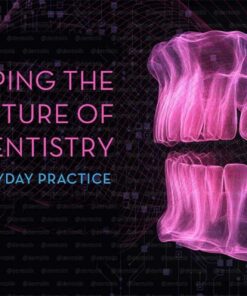






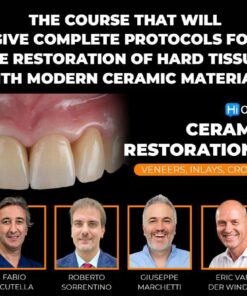




















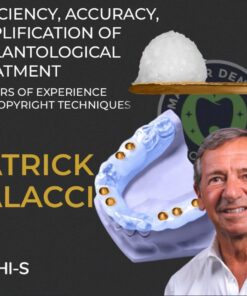
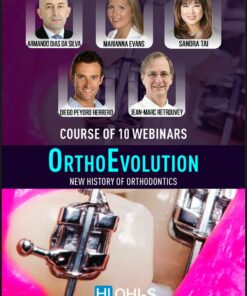
























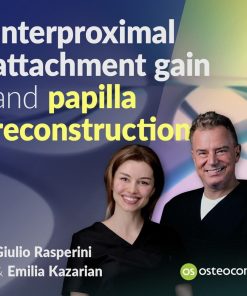


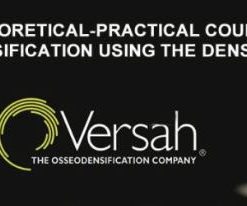


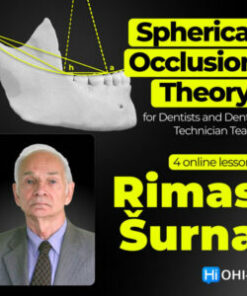
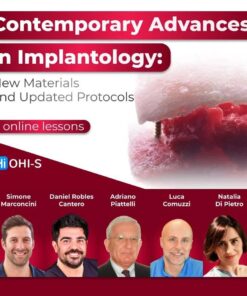



















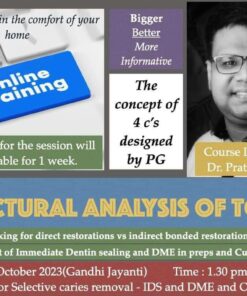

















Reviews
There are no reviews yet.